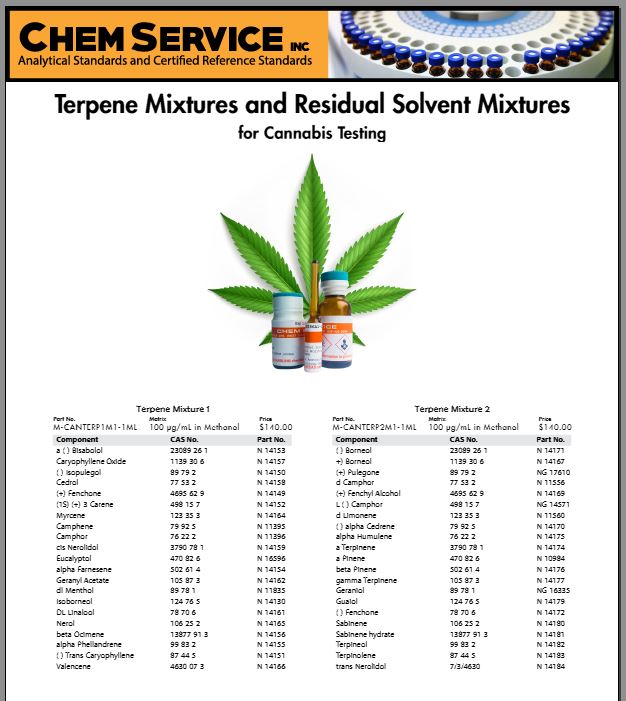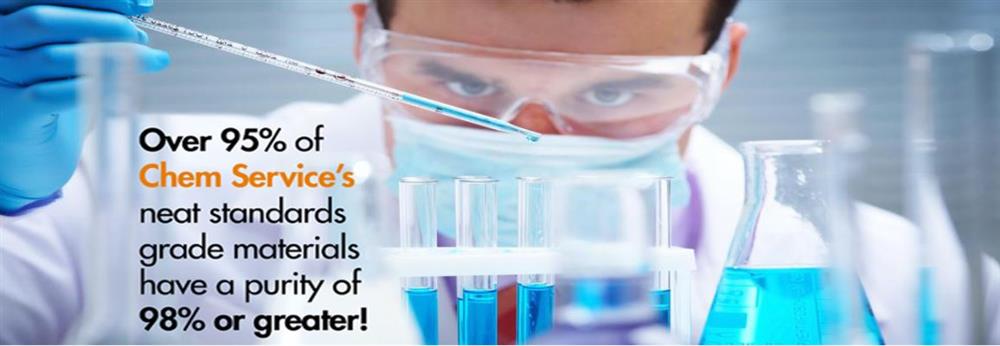WHAT ARE TERPENES AND WHY SHOULD WE CARE?
What are terpenes?
Terpenes are aromatic compounds that create natural scents like lavender, orange, rosemary, cannabis, and pine. Most commonly found in plants, they can be found in everyday products too. The cannabis plant is well-known for having high concentrations of terpenes which is why so many people associate terpenes with it. (1)
What do terpenes do? How do terpenes affect the body?
Terpenes play an important role in nature and especially in plants. They are responsible for attracting pollinators and repelling predators. They’re also known to boost plant immune systems and keep them healthy from infectious germs.
Since most terpenes are technically bioactive, they will affect the body. The higher the concentration of terpenes, the larger the effect on the body. Many terpenes are associated with their therapeutic and calming effects on the human body. While studies on the effects of terpenes on the human body are limited, many believe terpenes have an antioxidant effect, boosting the effects of cannabinoids and giving you a greater high. (2) This is also called the ‘entourage effect.’
How do you use terpenes?
Terpenes can be extrapolated from plants and used as scents and mixed into fragrances in other products like body lotions, perfumes, and food products. In cannabis, terpenes are used to enhance the effect of cannabinoids.
Since terpenes are incredibly aromatic, many people will use terpene-based solutions or products as forms of aromatherapy or stress-relief. This can be in the form of a candle, an essential oil, or an aerosol.
What are CBD terpenes?
While scientists have found over 100 different terpenes in cannabis, some are more commonly used than others. Some of the most common CBD terpenes include:
- Lymonene – known for its citrusy smell
- Myrocene – a powerful antioxidant found in hops, lemongrass, and thyme
- Pinene – therapeutic and known for its rosemary and pine aroma
- Linalool – closely associated with its lavender aroma and therapeutic effect
- Humulene – found in hop, clove, and ginger
- Caryophyllene – known for its spicy aroma closely associated to cinnamon and cloves
- Terpinolene – less common, but recognized for its multidimensional aroma of citrus, pine, and flowers
How to increase terpenes?
Increasing terpenes will give your solution a stronger aroma. We can learn more about this by examining the terpene-boosting strategies cannabis growers use across the growth cycle of cannabis plants.
There are essentially 6 ways cannabis growers enhance the flavor profile of cannabis with more terpenes:
- Add terpene-boosting nutrients
- Use terpene-boosting soil
- Stress cannabis plants or pinch branches back
- Use UVB Lights
- Change the humidity in the greenhouse
- Use enhancing harvesting techniques
How to dilute terpenes?
Since terpenes are highly concentrated, there is a risk involved with people using them in high concentrations without diluting it or mixing it into other substances. Diluting terpenes means that you reduce the strength of the terpene in a substance or mixture. Carrier oils, concentrates, coconut oil, PG, and PEG are often used to dilute terpenes. A good rule of thumb is to never use more than 10% terpene in any product. It’s best to experiment with 1% and gradually increase to your optimal flavor and effect.
How can using Chem Service terpene analytical standards help you?
Chem Service has over sixty years setting the standard for high-quality chemical testing. With superior customer service, we will work with you to find the right materials and standards for your testing needs. Contact us today for more information about terpene analytical standards.
Sources:
- “What to Know about Terpenes.” Medical News Today, Healthline Media, https://www.medicalnewstoday.com/articles/what-are-terpenes#terpenes-vs-cannabinoids. Accessed February 2021.
- Grassmann, J. “Terpenoids as Plant Antioxidants.” PubMed.gov, National Library of Medicine, https://pubmed.ncbi.nlm.nih.gov/16492481/. Accessed February 2021.
- “6 Ways to Increase Terpene Levels in Cannabis.” 3 Gems Nutrition, 2021, https://3gemsnutrition.com/articles/6-ways-increase-terpene-levels-cannabis/. Accessed February 2021.
BOOMTOWN DEVS
About Chem Service Inc
![]()
Established in 1962 Chem Service is the largest independent supplier of Analytical Reference Materials and the original source of small quantities of organic chemicals. Chem Service also has over 2,000 Pesticide Standards, including Pesticide Standards for Cannabis in its catalogue. Chem Service offers Custom made Standards manufactured to your specific requirements, all standards are accredited to ISO 17043:2016; ISO/IEC 17025:2005; ISO 9001:2015 Quality Management System.
Over 95% of Chem Services’ neat Standards Grade materials have a purity of 98.0% or greater.
Chem Services’ worldwide customers are found in the chemical, government, food quality, agricultural and life science research communities.
View Chem Service's ISO Accreditations and Certifications
Chem Service, Inc. is a leader in the design, development, production, distribution, and servicing of organic neat and synthetic reference materials and has achieved multiple industry certifications:
- Accredited to ISO 17034:2016
- Accredited to ISO/IEC 17025:2017
- Registered and Certified to the ISO 9001:2015 Quality Management System

Environmental Reference Standards
- Arochlors
- Azodyes
- Bisphenols Learn More
- Cannabis Testing Standards (Individual US States) Learn More
- Carbohydrates
- Carbon 13, Deuterated Standards
- Conazoles Learn More
- custom Solutions & Mixtures
- Dyes Learn More
- Explosives Learn More
- Hexachlorocyclopentadiene Learn More
- Inorganic Reference Standards
- Neonicotinoids Learn More
- Organic Reference Standards
- Oxidisers
- PBB's
- PBDE's Learn More
- PCB's
- Pesticides/Metabolites (including Conazole Fungicides, Cannabis Pesticide Standards)
- Phthalates Learn More
- Plasticizers
- Polybromodiphenyl Ethers
- Residual Solvent Standard Mixtures for Cannabis Testing Learn More
- Surfactants
- Terpenes Learn More
- Vitamin Reference Standards Learn More
EPA Standards Mixtures
- Methods 500 - 8000
- CLP (Contract LAboratory Programme)
- TPH (Total Petroleum Hydrocarbons)
- UST (UNderground Storage Tanks)
International Standard Mixtures
- Canadian Regulation Standards
- European Regulation Standards
- ISO Standards
- DIN Standards Learn More
USP Methods 561: Chlorinated Pesticides, Phosphorus Pesticides, Pyrethroids Kits Learn More
CONTACT US
Tel: +44 (0) 151 649 4000
Email: marketing@greyhoundchrom.com
FOLLOW US
YOU MAY ALSO BE INTERESTED IN OUR NEWSLETTER












